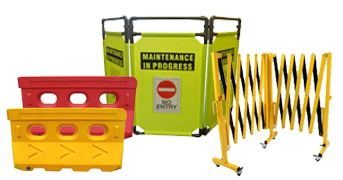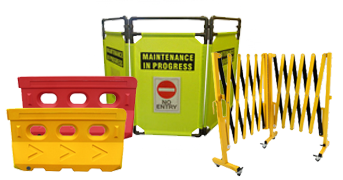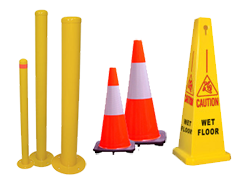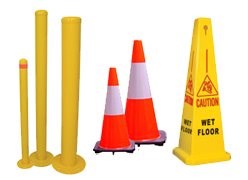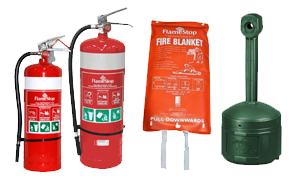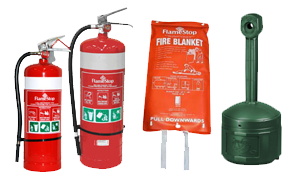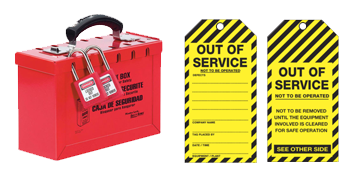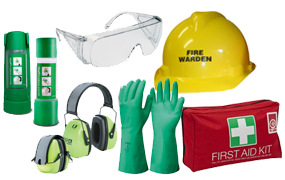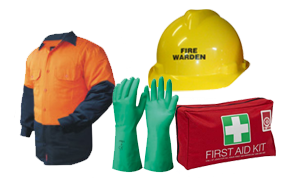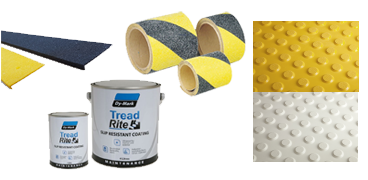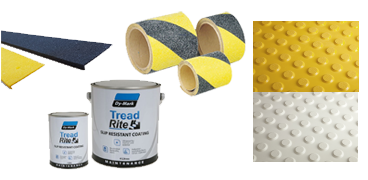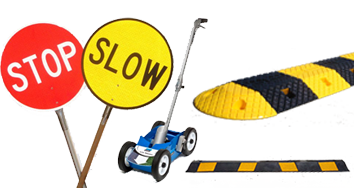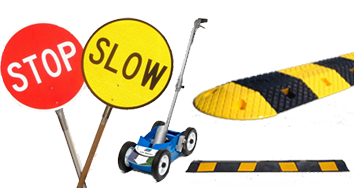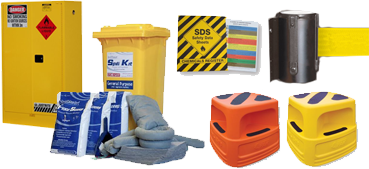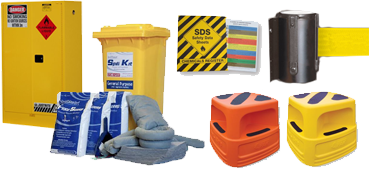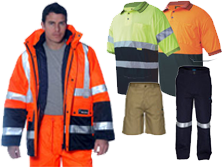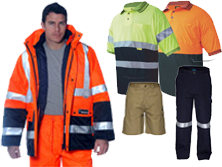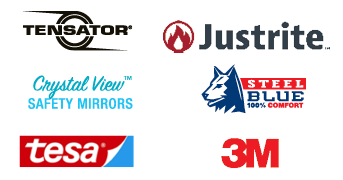Pallet Jacks & Lift Tables
Lift and move pallets and other heavy objects in the workplace with ease.
What are Pallet Jacks?
A pallet jack, also known as a pallet truck, pallet pump, pump truck, dog, or jigger is a tool used to lift and move pallets. Pallet jacks are the most basic form of a forklift and are intended to move pallets primarily within a warehouse.
Benefits of a Pallet Jack:
These are considered a workplace safety item as they reduce workers' efforts and make the process of moving pallets, a simple and effortless task. Pallet jacks are time and cost-effective by reducing what would be a large, difficult task to a simple one-man job.
Considerations when purchasing a Pallet Jack:
Pallet trucks are best used for relatively short distances. Each pallet truck will have its own weight capacity, so be sure to based on your needs and requirements. . It’s important not to overload this weight capacity as pallet trucks are designed to be controlled smoothly and easily, and this can be affected by excess weight.
What is a Lift Table?
A device that employs a scissor mechanism to raise or lower goods and heavy objects. This equipment helps raise heavy loads, usually large in size, for relatively small distances. Lift tables are used mostly to handle pallets, load vehicles and position workers for particular, specialized jobs.
Benefits of a Lift Table:
One of their advantages is that lift tables can be relatively easily adapted to perform a variety of different tasks.
Considerations when purchasing a Lift Table:
Capacity: Consider the maximum weight that the table is suitable to carry. This will help to reduce maintenance costs and ensure maximum efficiency.
Size: Consider the physical dimensions of the lift table to ensure that it appropriate for the intended use.
Stroke: Consider the elevation capability of the lift table, from contraction to full expansion to ensure that it appropriate for the intended use.
Operational type: Consider the power source and mechanism that is providing lift (elevation and compression) to the table. For example:
- Manual: May be powered by crank, racket or screw and will rely primarily upon the operator for movement.
- Pneumatic: Elevated by a pressurized air cylinder and compression mechanism. Minor operator effort involved.
- Hydraulic: Pressurised hydraulic fluids power the raise of this lift table. Accompanied by an operator pump to achieve lift.
- Electric: Powered by electric motor to achieve elevation and compression with minor operator involvement.
*Please note, this information is intended as a guide only. For more information, please consult relevant experts.

